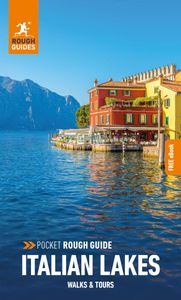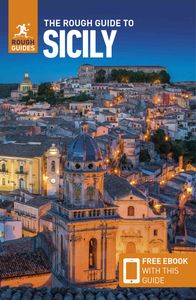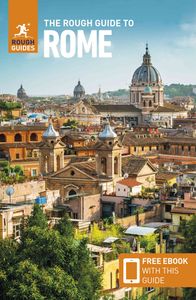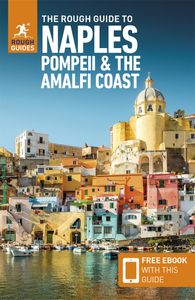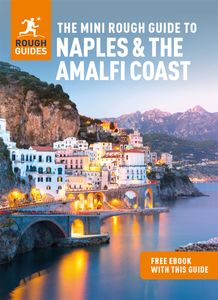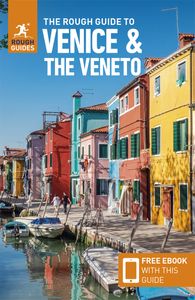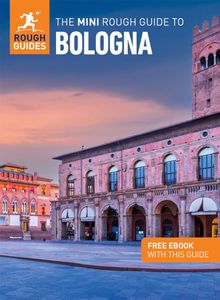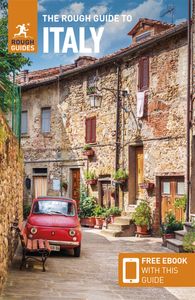St Peter’s Basilica
The Basilica di San Pietro, better known to many as St Peter’s, is the principal shrine of the Catholic Church, built on the site of St Peter’s tomb, and worked on by the greatest Italian architects of the sixteenth and seventeenth centuries. You have to go through security before entering, and the queues can be long unless you get here before 9am or after 5pm. Bear in mind that you need to observe the dress code to enter, which means no bare knees or shoulders – a rule that is very strictly enforced.
The interior
Entering the basilica, the first thing you see is Michelangelo’s graceful Pietà on the right, completed when he was just 24. Following an attack by a vandal in 1972, it sits behind glass, strangely remote from the life of the rest of the building. Further into the church, the dome is breathtakingly imposing, rising high above the supposed site of St Peter’s tomb. With a diameter of 41.5m it is Rome’s largest dome, supported by four enormous piers, decorated with reliefs depicting the basilica’s “major relics”: St Veronica’s handkerchief, which was used to wipe the face of Christ; the lance of St Longinus, which pierced Christ’s side; and a piece of the True Cross. On the right side of the nave, the bronze statue of St Peter is another of the most venerated monuments in the basilica, its right foot polished smooth by the attentions of pilgrims. Bronze was also the material used in Bernini’s wild, spiralling baldacchino, a massive 26m high, cast out of 927 tonnes of metal removed from the Pantheon roof in 1633. Bernini’s feverish sculpting decorates the apse, too, his bronze Cattedra enclosing the chair of St Peter, though more interesting is his monument to Alexander VII in the south transept, with its winged skeleton struggling underneath the heavy marble drapes, upon which the Chigi pope is kneeling in prayer.
The treasury and grottoes
An entrance off the south aisle, under a giant monument to Pius VII, leads to the treasury, which has among many riches the late fifteenth-century bronze tomb of Pope Sixtus IV by Pollaiuolo. Steps lead down by Bernini's statue of St Longinus to the grottoes, which extend right under the footprint of the main church. The majority of the popes are buried here, including John Paul II.
The roof and dome
You can make the ascent to the roof and dome by taking the entrance to the right of the basilica complex. The views from the gallery around the interior of the dome give you a sense of the huge size of the church, and from there you can make the (challenging) ascent to the lantern at the top of the dome, from which the views over the city are as glorious as you’d expect.
The Vatican Museums
However much you may have enjoyed Rome’s other museums, nothing else in the city quite measures up to the Vatican Museums, on Viale Vaticano, a fifteen-minute walk from St Peter’s out of the north side of Piazza San Pietro. So much booty from the city’s history has ended up here, from both classical and later times, and so many of the Renaissance’s finest artists were in the employ of the pope, that not surprisingly the result is a set of museums stuffed with enough exhibits to put most other European collections to shame.
Top image: Looking down over Piazza San Pietro in Vatican City © Banauke/Shutterstock







